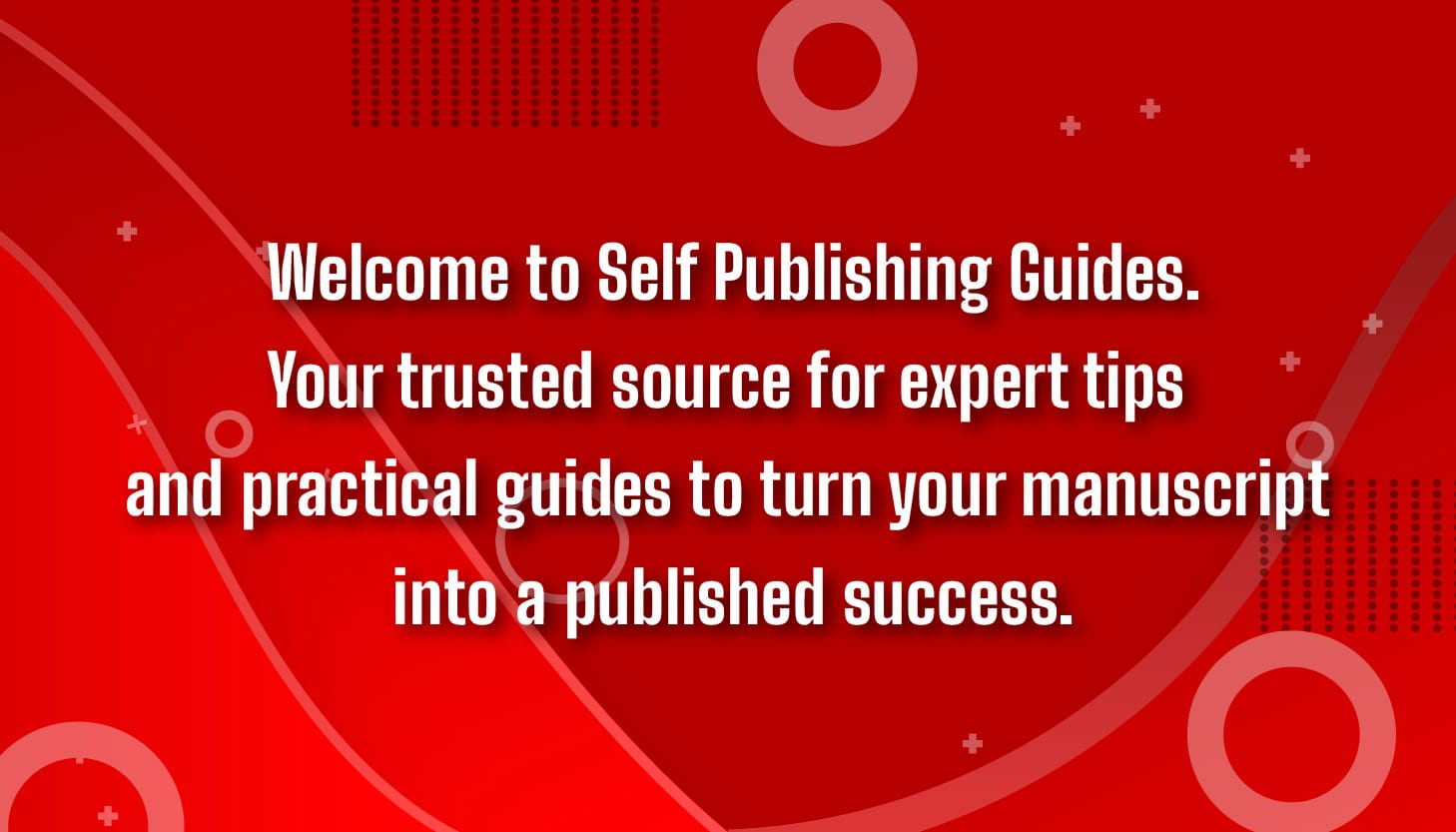
If you’ve ever flipped open a book and stumbled across a “Preface” in one title and a “Foreword” in another, you might have wondered: Are these the same thing? You’re not alone, plenty of new authors (and even some experienced ones) get tangled in the preface vs foreword puzzle.
The truth? They’re cousins, not twins. Both live at the front of your book, but they serve very different purposes, have different voices, and come from different people. Understanding where each one belongs, and when you actually need them, can save you from awkward reader confusion and keep your book feeling professional.
Let’s break it down in plain English.
What Is a Preface? (And Why You Might Need One)
Think of a preface as your chance to speak directly to the reader before they dive into your main content. If you’ve been searching “what is a preface” online, here’s the short version: it’s written by the author, in the author’s own voice, and it usually explains why the book exists.
Some common reasons authors include a preface:
- To share the personal journey behind the book
- To explain how the idea came about
- To thank people who were instrumental in making the book happen
- To give context for how the book should be read
The purpose of including a preface is to connect the reader with the “why” and “how” before they even start Chapter One. It’s optional, but when done well, it can create an emotional hook that makes your audience more invested.
What Is a Foreword? (And How It’s Different)
Now, let’s talk about the other contender in the preface vs foreword match-up. A foreword is not written by the author. It’s written by someone else, usually a respected figure in the field, a fellow author, or someone whose endorsement will lend credibility to your work.
The purpose of foreword in books isn’t to explain your process; it’s to show readers that someone they trust believes your book is worth reading. It’s part stamp of approval, part warm welcome.
This means the foreword vs preface usage is very different:
- The preface is “me talking to you” (author to reader).
- The foreword is “someone else talking about me” (third party to reader).
A foreword can be a powerful selling tool, especially for nonfiction or books tackling specialized topics. It’s like having a friend introduce you at a party, the room pays more attention when someone vouches for you.
When Do You Need Both?
Here’s where new authors sometimes overthink things. Do you need both a preface and a foreword? Not always.
If you have a well-known industry figure willing to write your foreword and you still have personal insights or background you want to share, you can absolutely include both, just keep them concise. The foreword goes first, the preface second. That way, readers see the endorsement first, then your personal note.
But if you don’t have someone lined up for a foreword, don’t panic. A strong preface can still set the tone beautifully.
Style, Tone, and Placement
The purpose of including a preface is best served when it feels authentic, conversational, and focused. The foreword, on the other hand, should be professional and framed around your credibility and the book’s relevance.
Placement order in your front matter typically looks like this:
- Foreword (if you have one)
- Preface
- Acknowledgments (if separate)
- Introduction (if needed)
- Main text
Remember, preface vs foreword isn’t about which one is “better”, it’s about which one fits your book’s needs and your publishing goals.
Quick Recap for Busy Authors
- Preface: Written by you, the author. It shares your journey, the background behind the book, and any context or process details you want readers to know before diving in.
- Foreword: Written by someone other than you, often an expert, notable figure, or respected voice in your field, to vouch for your credibility and highlight the importance of your book.
- What is a preface?: It’s your personal introduction to the book, explaining why you wrote it, how it came about, and sometimes acknowledging the people who helped you along the way.
- Purpose of foreword in books: To give your work instant authority and trust by having someone readers respect introduce it and recommend it before they start reading.
- Foreword vs preface usage: A preface is “I’m talking to you”; you speak directly to your readers. A foreword is “Someone is talking about me”, another person endorsing your work.
- Purpose of including a preface: To build a personal connection with readers, set expectations, and give them insight into the origins and intent of the book before the main content begins.
Final Word
When you understand the preface vs foreword difference, you get to use them strategically instead of randomly. Whether you opt for one, both, or neither, the goal is the same: create an engaging, professional opening that makes readers want to keep turning pages.
So before you hit “publish,” take a minute to decide: Who should be welcoming your readers, you, a respected voice in your field, or both? Choose wisely, and your front matter will work as hard as your back cover at pulling people in.

